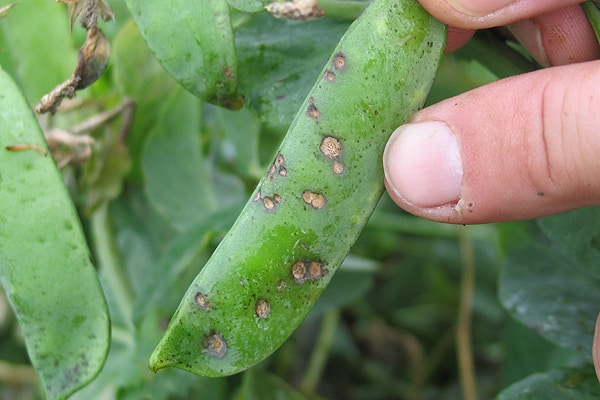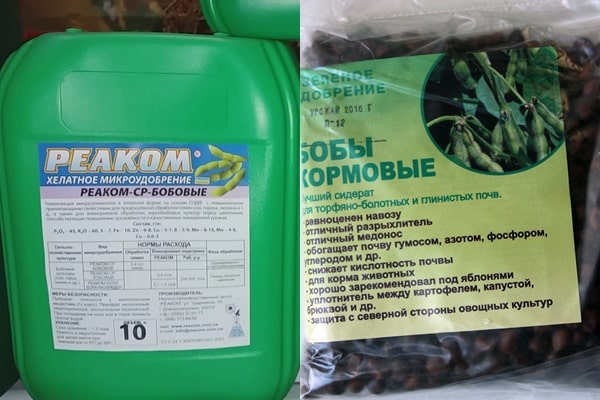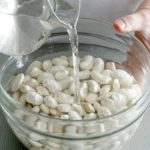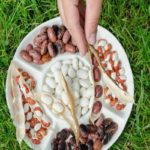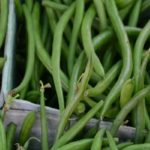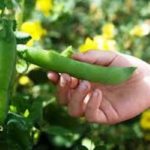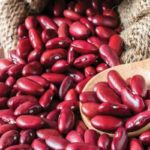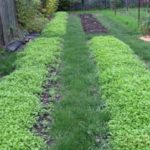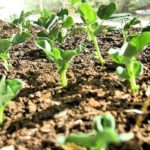Legumes are mostly considered food plants and are widely used in agriculture. Beans - the fruits or seeds of these crops - are valuable food products; some leguminous plants are grown as fodder and even ornamental crops. Like any other cultivated vegetation, beans are susceptible to parasites and various diseases. Pests and diseases of beans have long been known, and methods of combating them are accessible and effective.
Bean diseases
Beans, like many agricultural crops, are susceptible to diseases and pests.Let's list the main ones.
Fusarium
This fungal pathogen most often affects peas and soybeans. The sources of the disease are contaminated soil, vegetation debris and seeds into which protozoan parasites have penetrated. Plants suffering from fusarium are easily removed from the soil, as their roots are rotten. In addition to the roots, the disease affects the leaves and flowers of legumes, and the so-called tracheomycosis wilt occurs.
As a result of the action of the fungus, yield loss of up to 50% occurs, deterioration in the quality of fruits and seeds, and loss of seedlings.
Downy mildew
The disease manifests itself in two forms - diffuse and local. It is clear that during local development, individual parts of the plant, mainly leaves, are exposed to the fungal parasite. With diffuse spread, the infection even penetrates the seeds, and dark yellow spots appear on the stems, leaves and beans. When legumes become ill, they lag behind in growth, yield decreases and foliage dies.
Powdery mildew
This disease is caused by various forms of powdery mildew, and its development is favored by dry weather. Affected plants appear covered with a whitish coating, which includes mycelium, conidium and other substances from the parasitic source.
Rust
The causative agent is a multi-host dioecious obligate parasite - the fungus Uromyces pisi B.D. In the spring, it begins to infect weeds, and from them the wind spreads the disease to legumes. The disease got its name from the orange-brownish color of the affected areas. Rust appears on beans in mid-summer. The fungal spores spend the winter in the roots of the weed and again begin to infect the shoots in the spring.
Ascochyta blight
It is manifested by the presence of dark spots on the stems, leaves and beans of plants. The causative agents are Ascochyta fungi.It develops rapidly during long rainy days. The infection has become widespread in virtually all areas where peas and other legumes are cultivated.
Bean pests
Bean pests can reduce yields and change the taste of crops.
Bean and pea aphids
This insect is up to 2.7 mm in size, green to black in color. They are also called beet aphids. They love to eat peas, vetch, and lentils. They live in entire colonies on plants and extract all the juices from them. This leads to damage to the stems, falling of flowers and buds, and a decrease in yield. Females lay eggs that can survive the winter and turn back into hungry insects in the spring.
Pea weevil
The larvae of this beetle develop in the seeds of legumes. Belongs to the order Coleoptera and is a half-centimeter-sized beetle with short elytra and a spotted color. In the spring, the beetles eat the pollen of flowering legumes; after budding begins, the females lay eggs on the pods. Harmful larvae emerge from the eggs, which gnaw through the valves and penetrate inside.
The larvae eat the insides of bean seeds directly, forming a cavity. Often the beetles that emerge from them remain overwintering inside the beans. The material damaged by them has poor germination and is unsuitable for food.
Nodule weevils
A group of beetles with an oblong body and up to 5 mm in size. Overwinters in the upper layers of soil on legume or grass crops. In the spring, they begin to feed on bean seedlings, which leads to damage to the plants and their weakening. Females leave eggs on the soil or lower parts of plants. The hatched larvae feed on the roots of legumes. Adult beetles emerge in the second part of summer and feed on leaves.
Disease and pest control
To protect legumes from diseases or minimize the effects of infections, you must adhere to the following methods:
- follow the rule of crop rotation, that is, alternate planting legumes with other plants (not legumes);
- isolate crops from other perennial beans;
- use disease-resistant varieties;
- destroy weeds and post-harvest residues;
- before sowing, treat the seeds with fungicidal drugs (fundazol, TMTD, maxim, biofungicide phytosporin-M);
- for powdery mildew, spraying is used - with a 1% solution of colloidal sulfur (50 grams per hundred square meters) or ground sulfur (250 grams per hundred square meters);
- for rust and bacteriosis, spray with a 1% suspension of Bordeaux mixture (during the period before flowering);
- use mineral fertilizers.
Pest control measures are as follows:
- sowing early (reduces the risk of pests);
- insecticide treatment;
- removal of plants with symptoms of infection;
- The addition of nitrogen and phosphorus-potassium fertilizers helps fight insects;
- heat treatment of seeds and fumigation.
With proper care and compliance with all plant treatment measures, you can get rid of diseases and pests of legumes.

